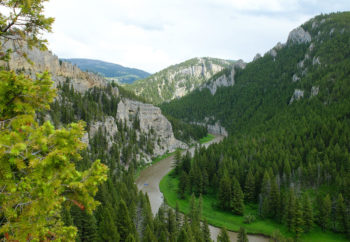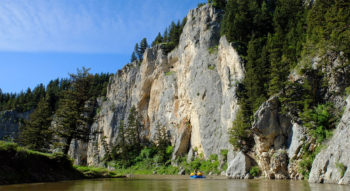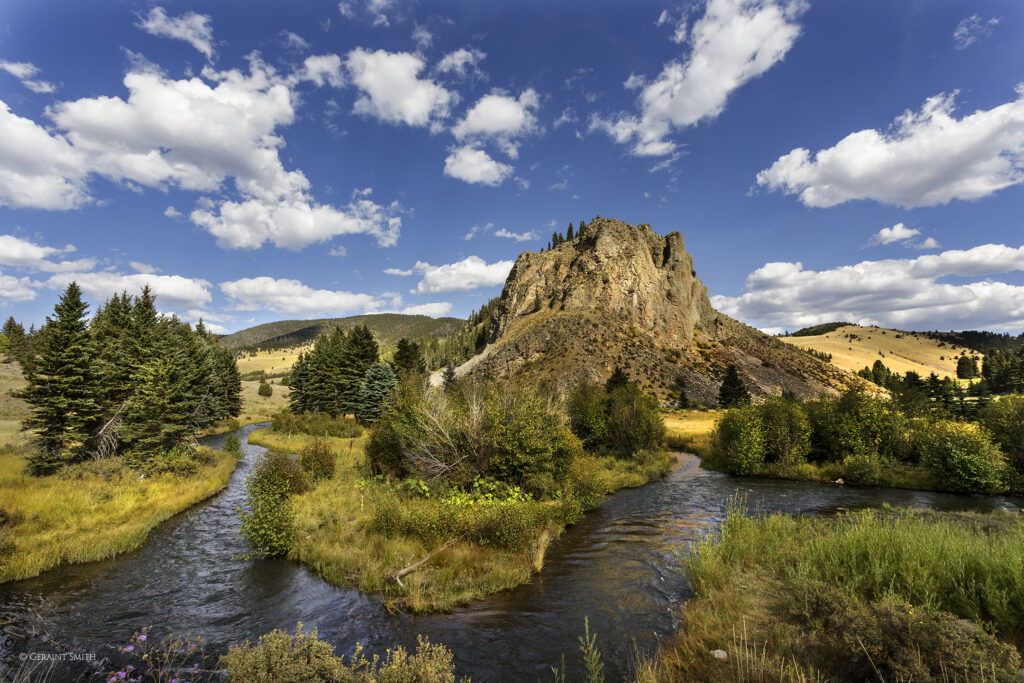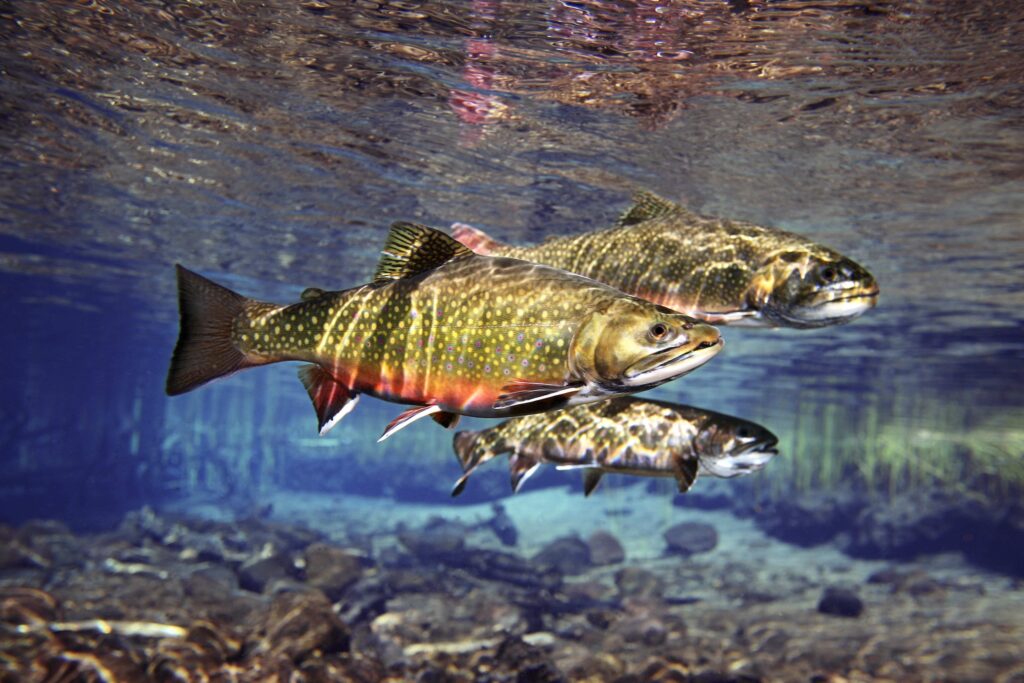Let’s Not Bet More Than We Can Afford To Lose On The Smith River
There are plenty of examples of modern mining operations gone bad in Montana. In most of these cases, taxpayers end up paying millions in cleanup. Once the Smith River is lost, it can never be won back.
Last June, while on a Smith River float trip hosted by American Rivers, our group was on the Smith River in Montana and got caught in one of the most violent rainstorms I’ve ever witnessed.
Thunder shook the canyon walls, lightning flashed all around us, and it dumped two inches of rain in a matter of minutes. As the storm passed, the once-clear river quickly turned to mocha and its volume more than doubled.
Why am I sharing this story?
Because the mining company that just submitted a permit application to the Montana Department of Environmental Quality (DEQ) to build an underground copper mine in the headwaters of the Smith River, listed as one of America’s Most Endangered Rivers in 2015, says not to worry. They tell us that the mine would be located along upper Sheep Creek, some 19 miles upstream from its confluence with the Smith River.
But as that thunderstorm so vividly demonstrated, what happens in the headwaters affects everything downstream. Pollution from mining flows downstream, too.
To be fair, the Vancouver, B.C. based company that wants to build the so-called Black Butte copper mine, Tintina Resources, has been very transparent about their plans and they promise to build a modern mine with environmental protections the likes of which Montana has never seen.
And having met with Tintina’s front people in White Sulphur Springs, they are genuinely nice and I believe they care about what happens to their community and the surrounding landscape.
The problem is, these lifelong Montanans don’t control Tintina Resources. As of last month, Tintina fell under the control of an Australian mining company, Sandfire Resources. That means every major decision about the Black Butte copper mine will be made in a boardroom ten thousand miles away.
It’s not far-fetched to say that sometime in the future after the mine is opened – if it is permitted—it could be sold to another company. At that point, the new owner could seek to change the mine from a relatively benign underground operation to a much riskier open-pit mine. Tintina says that would never happen because its contracts with surface landowners prohibit it, but contracts can be renegotiated if the financial incentives are sweet enough.
Even if Tintina retains ownership of the Black Butte copper mine for the duration, the anticipated lifespan of the mine is only 11 years. After the mine closes, or perhaps even before then, Tintina almost surely will seek to expand its mining operations onto adjacent lands. While the footprint of the Black Butte copper mine is a mere 250 acres, Tintina controls mineral rights on 12,000 acres of surrounding lands.
For all intents and purposes, what is being proposed here is not simply a modest-sized copper mine that will be around for only a decade: It’s a gambit to establish an industrial-scale mining district that could be around for several decades.
Finally, there’s no getting around the fact that mining companies are notorious for making, and then breaking, lofty promises about how their operations will be environmentally benign. Far too often they metastasize into unmitigated environmental disasters. A recent case in point is the “state-of-the-art” Mt. Polley open-pit copper and gold mine in British Columbia, which suffered a catastrophic breach of its tailings impoundment last year, wreaking havoc on downstream salmon runs.
There are plenty of examples of modern mining operations gone bad right here in Montana. Among them are the Zortman-Landusky mine near Malta, Beal Mountain mine near Anaconda, Kendall mine near Lewistown, and Basin Creek mine south of Helena. In most of these cases, taxpayers will end up paying millions of dollars in cleanup costs. Meanwhile, the rivers and streams that are polluted rarely are returned to their former health.
In reviewing the permit for the proposed Black Butte copper mine, the Montana DEQ would be wise to heed the words of advice that casinos commonly post for all gamblers to see: “Don’t bet more than you can afford to lose.” For what’s at stake here is much more valuable than a stack of poker chips: It’s the Smith River. Once it is lost, it can never be won back.





